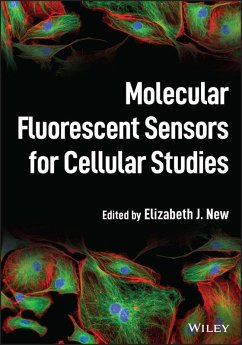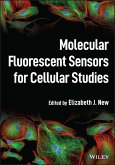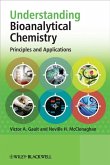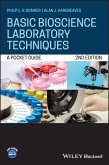Molecular Fluorescent Sensors for Cellular Studies Enables readers to fully understand the fundamentals and chemical principles of fluorescent sensing and the design of fluorescent sensors Fluorescent sensors are able to provide specific chemical information about cells and can be invaluable in understanding processes that underpin health and disease. Molecular Fluorescent Sensors for Cellular Studies provides an avenue into and overview of currently available fluorescent sensing technology and its application to biological imaging. This book aims to help the reader understand the principles of fluorescence and the mechanisms by which fluorescent sensors operate in order to ensure appropriate and optimal use of sensors. Key applications of fluorescent sensing are presented, with explanations not only of how new sensors can be designed, but also how existing sensors can be applied to various biological settings and conditions. Clear and engaging schematics throughout the book explain chemical principles of sensing to the non-expert. * Discusses the breadth of fluorescent sensors, from commercially available sensors to those reported in literature which are yet to be used widely * Explains how fluorescent sensors operate for appropriate and optimal use from a theoretical standpoint * Provides guidance on how to achieve optimal use of fluorescent sensors in practical settings * Summarizes the principles behind fluorescent sensors and their design This work will be an invaluable resource for postgraduates and professionals in the fields of microscopy, bioimaging, and diagnostic imaging who wish to harness the information to improve practical applications and to gain key knowledge surrounding the many facets of fluorescent sensing. It is also of interest to medical and biological researchers working across industry, universities and medical institutes.
Dieser Download kann aus rechtlichen Gründen nur mit Rechnungsadresse in A, B, BG, CY, CZ, D, DK, EW, E, FIN, F, GR, HR, H, IRL, I, LT, L, LR, M, NL, PL, P, R, S, SLO, SK ausgeliefert werden.









